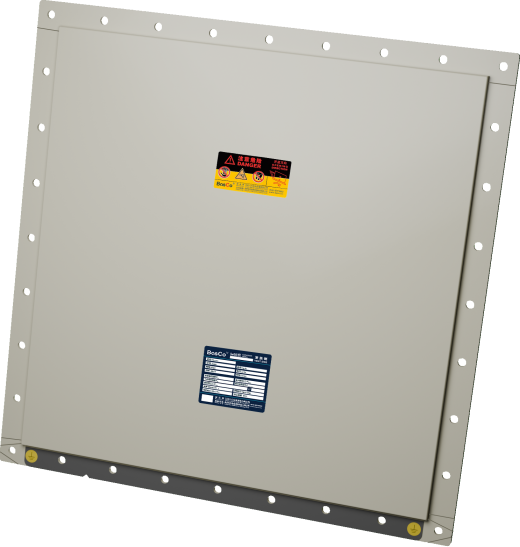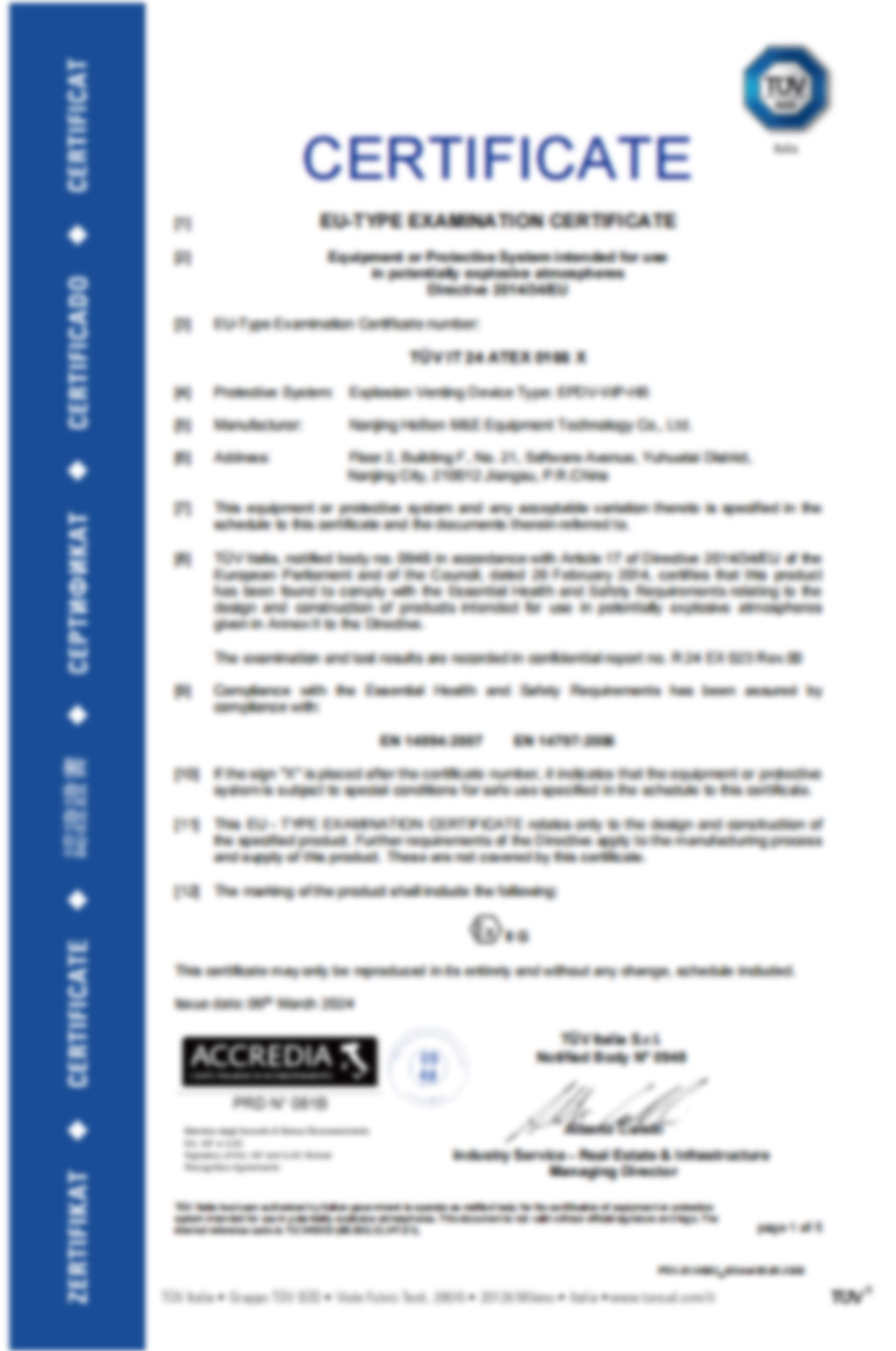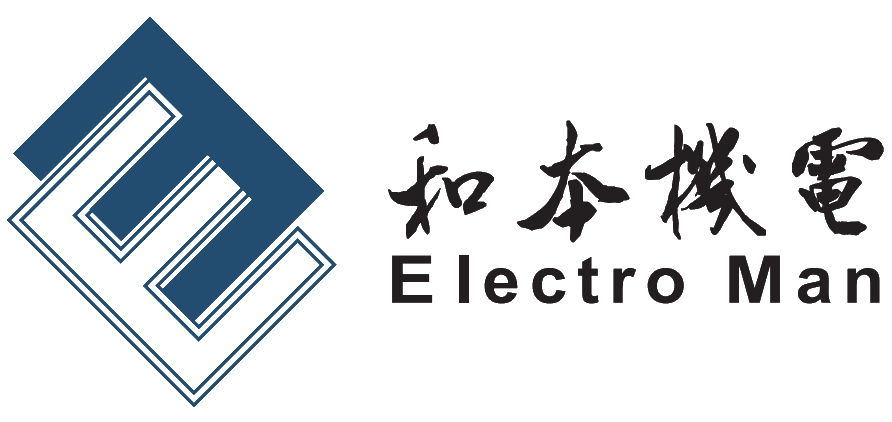Committed to precision empowerment industry safety

Explosion Venting Device - DVPUH
Key words:
Explosion Venting Device - DVPUH
Classification:
Case Details
Product Introduction:
In response to the ever-changing requirements of the energy storage industry for fire protection systems, there is an urgent need in the market to upgrade explosion vent panels. Therefore, it is necessary to improve and upgrade various aspects of the DVPUL explosion vent panel, including structural integrity, climate protection, and product usability, to meet the higher fire safety requirements of the energy storage industry.

Technical Features:
- Using a weather-resistant cover support structure to enhance resistance to hail/rock impact.
- Using new insulation materials (optional DVPUL insulation material) to reduce the height of the explosion vent panel by approximately 20mm.
- Using new weather-resistant cover materials and a new surface treatment method, with a design life of over 20 years.
- Using new sealing materials to increase sealing performance and improve sealing structure to enhance sealing reliability.
Product Configuration:
- Single-layer SUS 304.
- Silicone foam UL94 V0 (-55℃ ~ +200℃).
- Includes flange + silicone foam.
- Climate protection cover.
- Thermal conductivity of insulation cotton:
- - ≤0.020 W/(m·K) (25℃)
- - ≤0.023 W/(m·K) (100℃)
- No water retention and anti-seismic design.
Selection Specifications:
Nominal Diameter (mm) |
External Dimensions (mm) |
Release Area (mm2) |
230×305 |
330×405 |
68000 |
305×457 |
405×557 |
136000 |
400×400 |
500×500 |
160000 |
400×700 |
500×800 |
280000 |
457×610 |
557×710 |
274000 |
378×810 |
450×882 |
300000 |
457×762 |
557×862 |
341000 |
457×915 |
557×1015 |
414000 |
610×610 |
710×710 |
367000 |
610×762 |
710×862 |
459000 |
610×915 |
710×1015 |
552000 |
Applicable Standards:
- EN14994
- EN14797
- NFPA68
Explosion Vent Panel Selection Guide:
First, select the category of explosion vent panel product, and choose between upper insulation or lower insulation based on your needs.
The thickness direction of the upper insulation explosion vent panel is above the installation interface, which provides better reliable environmental weather resistance for long-term outdoor use. The thickness direction of the lower insulation explosion vent panel is below the installation interface, which saves space above the box for easier transportation and placement.
Next, provide the corresponding parameters and select the size of the explosion vent panel through compliant calculations.
Product Testing:
Product Certification:

Application Scenarios
Project
Navigation
Contact Us
Address: 2/F, Block F, No.21 Software Avenue, Yuhuatai District, Nanjing






